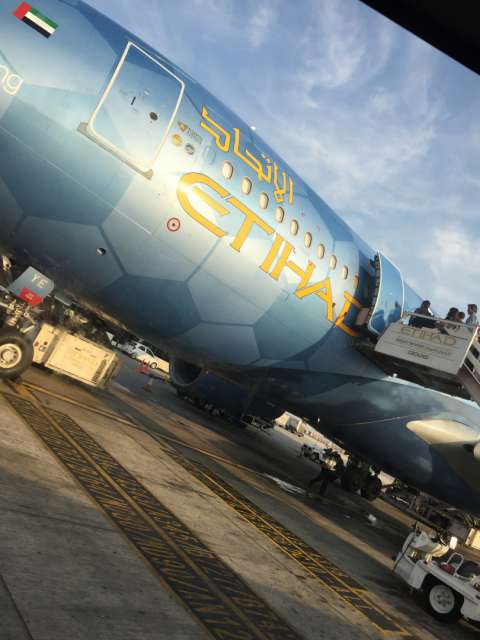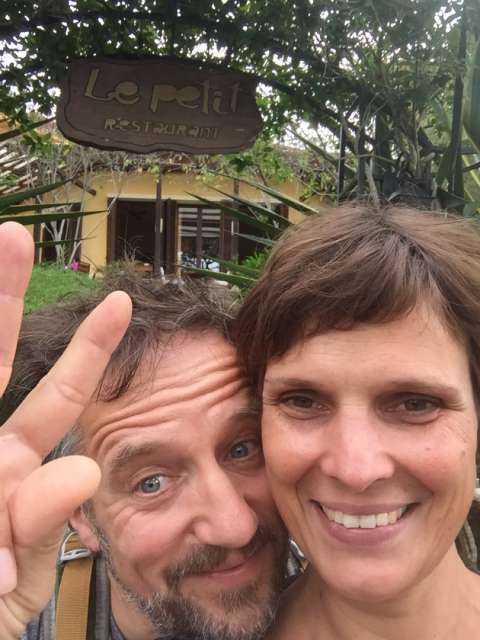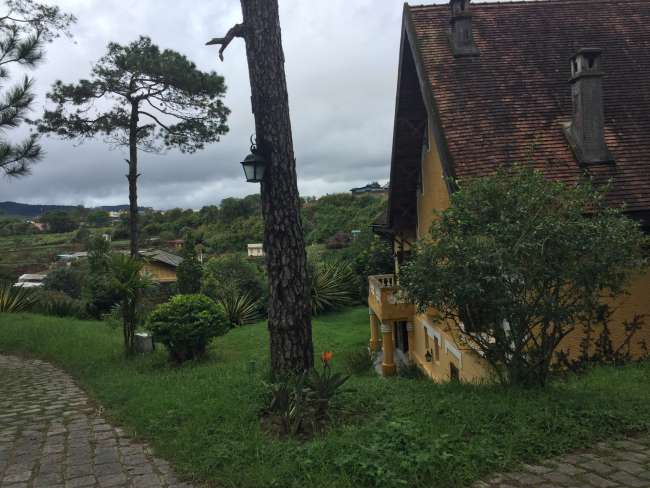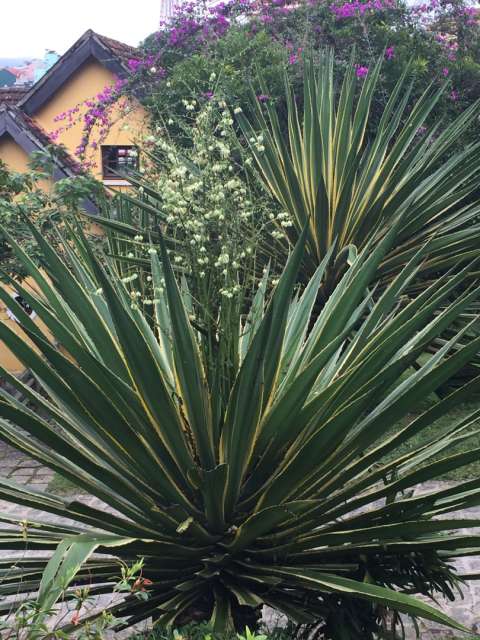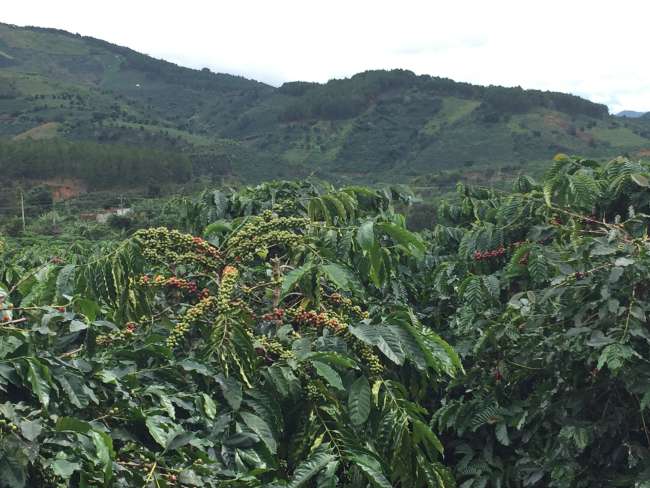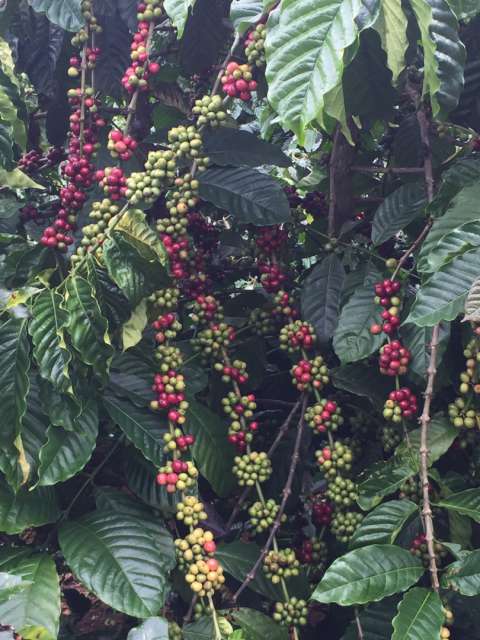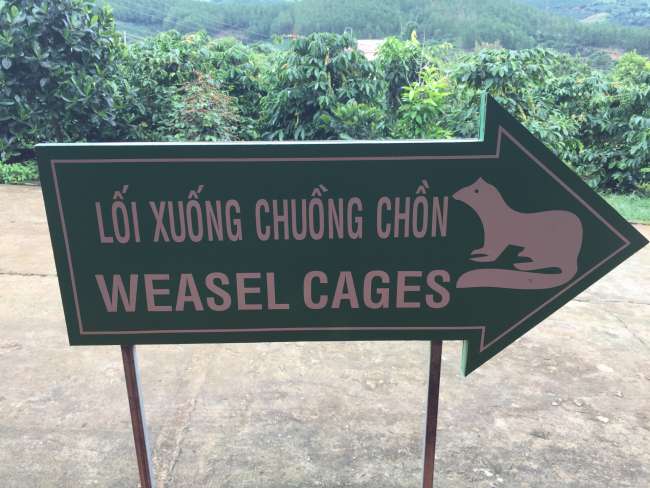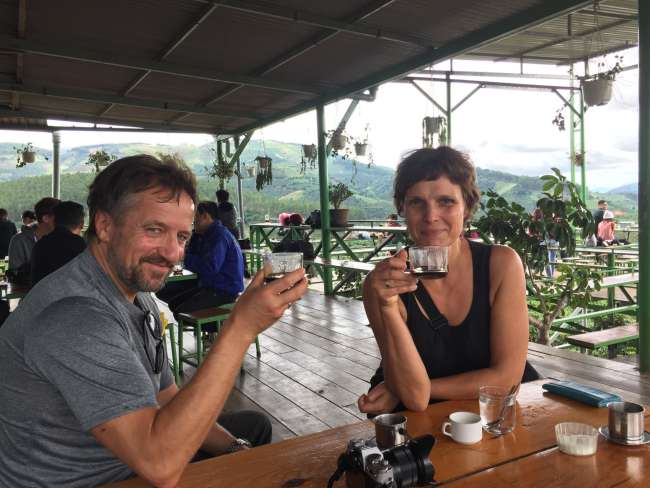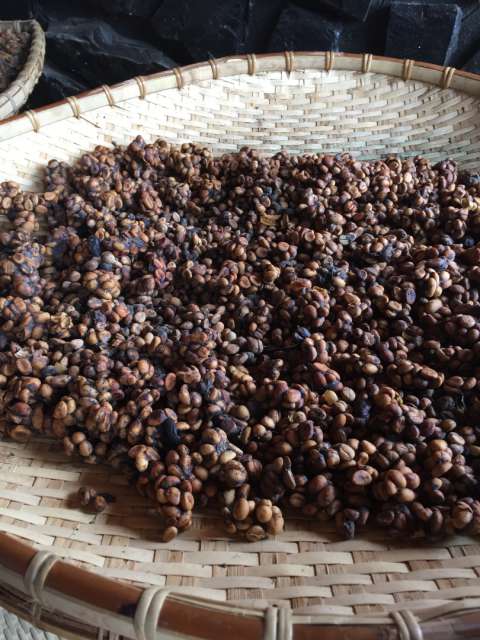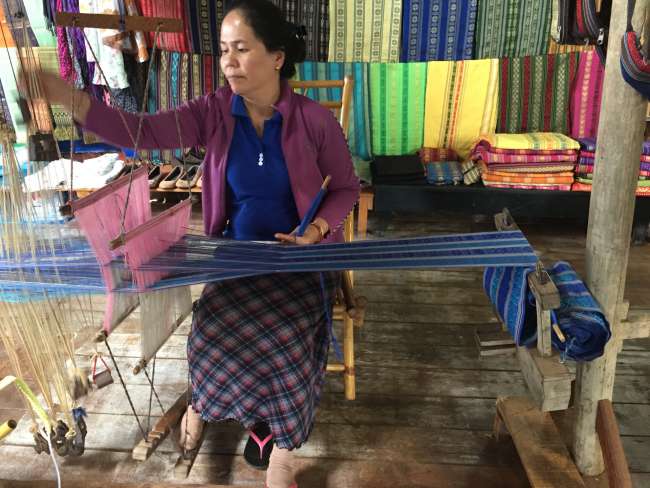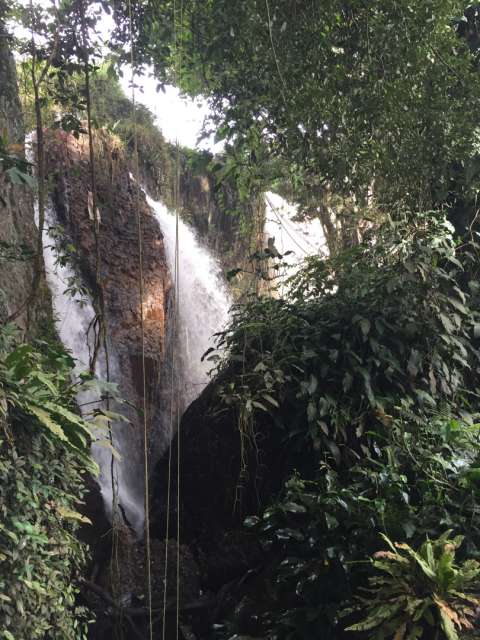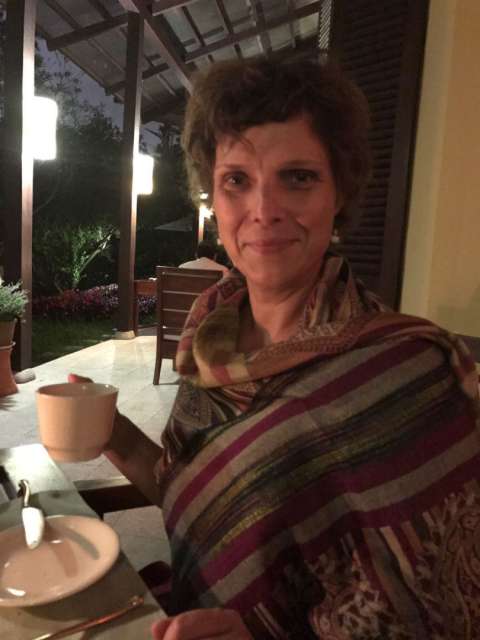Petit Paris - Dalat
منتشر شده: 08.11.2016
مشترک شدن در خبرنامه
The journey now takes us inland to Vietnam, bidding farewell to the coast.
For our flight to Dalat, we had to get up very early - the alarm clock rang at 3.30 a.m., an hour later we were in a taxi to Da Nang and two hours later we were on the plane to Dalat.
We arrived at the hotel feeling a little tired and were glad that we could check in to our room earlier.
Dalat is also known as "Petit Paris" - during the French colonial period, over 2,000 French people lived here. Many buildings are therefore very European and the surrounding mountains (the highest of which is 2,167 meters) are reminiscent of Switzerland. In the city, there is even a mini Eiffel Tower. Many Vietnamese, Koreans, and Chinese come here because of the great climate, which is wonderfully cool compared to the coast or the city, and the landscape is super green.
With lots of information about the hotel, we decided to book a tour of the surrounding area of Dalat in the afternoon. The green mountains around Dalat turn out to be Vietnam's vegetable, fruit, and flower garden - it is always around 20 to 25 degrees Celsius here, it rains regularly, and there is fertile volcanic soil - so the perfect conditions for vegetables, fruits, and flowers of all kinds. AND this is where the delicious Vietnamese coffee comes from 😀 in addition to the well-known "Arabusta," there is also the tasty "Robusta" and Mokka.
We are excited to see what we will get to see.
Than, our guide, first takes us to a flower farm - it reminded me a lot of my time in Genschmar 😀 roses, carnations, gerberas, gladioli... are grown in many greenhouses, cut every morning, packaged, and taken to the market. We told Than that I am familiar with this work and that we have many Vietnamese flower sellers in Dresden. He found that funny because the Vietnamese do not put flowers in vases - they don't need to, they have everything in abundance in nature. Furthermore, their houses (at least in the villages) are more like covered sleeping places than houses, life takes place on the street.
We also wanted to know how the small farms work and learned that several flower growers form a kind of cooperative.
Our next destination was a pretty large coffee plantation. The special thing here - the plantation also keeps civets, which eat the coffee beans, excrete them again, and from the dried and roasted beans, the legendary and super expensive 'Weasel cages' coffee (100 g cost about 150 USD) is produced - pretty crazy for coffee that has been...well you know what.
We try a cup - even Stefan orders one - it tastes good, we can't tell a difference, we would have to drink a cup without...you know, to compare. Vietnamese coffee is very strong, so we skip another cup. We learn that the coffee beans are harvested by hand - it is about as labor-intensive as pruning vines or picking cucumbers. Harvesting is possible only from October to January. Coffee cultivation was brought here by French Jesuit monks around 1870 and was cultivated. Today, Vietnam is the second largest coffee-producing country in the world, after Brazil.
In the cafe on the plantation, there is also a small weaving workshop - so I'm back in the Kümmelschänke - a woman sits at the loom and weaves the beautifully patterned fabrics typical of the region - in the associated small shop, we decide on a few souvenirs to show appreciation for the hard work.
Already full of impressions, our next destination is a silk factory. Here, silkworms are bred and their cocoons are used to produce the super fine silk. The spinning technique is extremely old, many women stand at the machines all day in the humid air and operate the machines. Their pay for this hard work is just as meager as it is for the heavy work on the coffee plantation - far from fair for us.
And we experience extreme contrasts - on the one hand, the old spinning technique and on the other hand, the online credit card system for the well-off visitors.
After this immersion in regional craftsmanship, Than takes us to the Elephant Waterfall. We have fun descending to the lower end of the waterfall and entering the cave behind the waterfall.
To conclude this very impressive tour, Than shows us a newly built temple, only 25 years old. It is also operated by a small community of monks, is fantastically located (with a view of the mountains), and has a beautiful bonsai garden.
Full of experiences, information, and thoughts, we return to the hotel and treat ourselves to a honeymoon massage to end the day 😊
Kerstin
Sent from my iPad
مشترک شدن در خبرنامه
پاسخ

